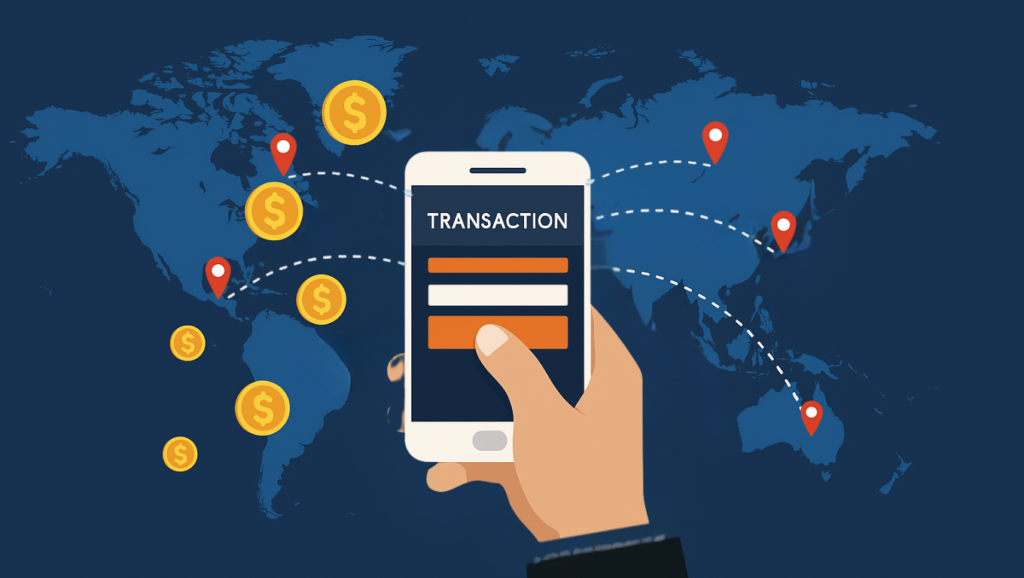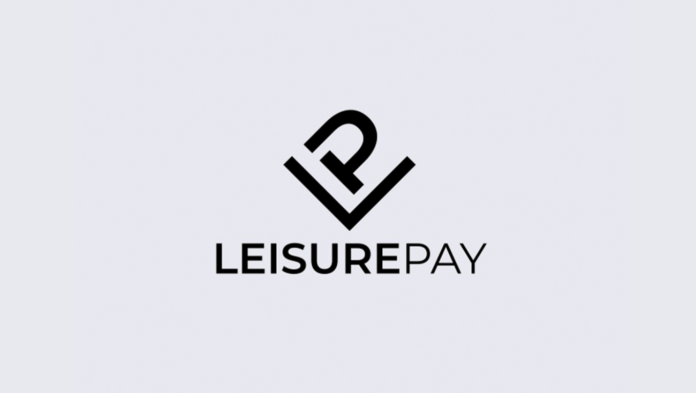For the past two years, the crypto industry has faced an aggressive battle, one that many argue was designed to cut off access to banking services and stifle innovation. Known as Operation Chokepoint 2.0, this alleged regulatory effort targeted crypto firms by pressuring banks to limit or terminate their financial relationships. LeisurePay, one of the companies caught in the crossfire, has now emerged stronger, with renewed momentum to drive blockchain-powered payments forward.
The Challenges of Operation Chokepoint 2.0
The original Operation Choke Point, launched under the Obama administration, was meant to crack down on fraud but ended up de-banking legally operating businesses that regulators deemed “high-risk.” It was later shut down under Trump, but a new version, Operation Chokepoint 2.0, was believed to have resurfaced under the Biden administration. While officials denied its existence, crypto firms reported increasing regulatory hurdles, with the SEC, FDIC, and OCC allegedly discouraging banks from working with them. LeisurePay was one of the first to feel the impact.
The company received letters from the FDIC regarding its future blockchain products, forcing it to halt development on key initiatives and suspend work on patent-pending technologies. The pause led to millions in financial losses and made securing exchange listings for the LPY token in the U.S. nearly impossible. Rather than retreat, LeisurePay adapted, shifting its focus to building robust, compliant payment solutions for businesses in industries that banks have historically deemed “risky.” Today, it serves over 2,000 merchants, including locksmiths, churches, and major CBD brands, reinforcing its position as a leader in high-compliance payment processing.
Regulatory Pressures Ease, Innovation Returns
Now that regulatory pressure has eased, LeisurePay is reintroducing a blockchain solution that had been shelved due to the crackdown. This advanced technology, designed to streamline and secure payments, is being implemented back into the company’s banking framework, bringing blockchain’s real-world utility to scale. The resilience of its technology and mission has not gone unnoticed. Despite the setbacks, LeisurePay was recently named Hacker Noon’s Startup of the Year, a recognition of its commitment to pushing boundaries in high-risk payments.
The easing of regulatory restrictions is part of a broader shift in the U.S. government’s stance on crypto. With new leadership supporting blockchain innovation, the industry is entering a new phase of acceptance and growth. This renewed pro-crypto sentiment is opening doors for companies like LeisurePay to expand their services, integrate new blockchain-based solutions, and further legitimize digital payments in mainstream finance.
A Bright Future for Blockchain Payments
With Operation Chokepoint 2.0 behind them, LeisurePay is reigniting its blockchain roadmap and revisiting its paused innovations. The company had already built a fully operational blockchain payment ecosystem before the crackdown began, one that real businesses have used in live retail environments. Now, with the ability to focus on growth, LeisurePay is preparing to expand its merchant network and scale its blockchain-powered payment solutions.

The broader crypto industry is also seeing a resurgence. With regulatory uncertainty fading, companies are bringing back innovations that were previously on hold. Financial institutions are warming up to blockchain-based payments, and businesses are recognizing the benefits of decentralized finance. LeisurePay stands at the forefront of this movement, offering businesses a secure and efficient way to process transactions in an ever-evolving financial landscape.
Innovation in crypto has never been easy, but resilience has always been at its core. LeisurePay’s journey is a testament to the power of adaptation and perseverance. As the company moves forward, it continues to demonstrate that blockchain payments are not just a passing trend but a foundational technology that is here to stay. With a clear path ahead and a supportive regulatory environment, the future of blockchain-powered payments has never looked brighter.
















